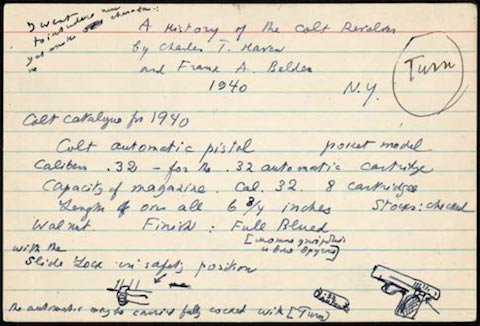Salvador Dalí and his fellow surrealists owed a great debt to the wealthy, dandyish French writer Raymond Roussel, as much as modernist poets owed the Symbolist Jules Laforgue. But like Laforgue, Roussel is much more often referenced than read, and he isn’t referenced often. A hermetic, insular writer who seems to belong to a private world almost entirely his own, Roussel despaired of his lack of success and committed suicide in 1933. His aesthetic progeny, on the other hand— Dalí, Marcel Duchamp, André Breton—were showmen, self-promoters and media geniuses. So it’s particularly poignant, in the quirkiest of ways, that Dalí chose for his final film project a collaboration with Jose Montes Baquer in 1976 called Impressions of Upper Mongolia (“Impressions de la haute Mongolie”—above with English subtitles), an homage to Roussel’s self-published 1910 novel Impressions of Africa.
Roussel, who traveled widely, never traveled to Africa, and his “impressions” are wholly creations of the kind of wordplay that Dalí made visual in his painting (including a canvas with Roussel’s title). Like Roussel’s novel, Impressions of Upper Mongolia is a surrealist fantasy with only the most tenuous connection to its ostensible geographical subject.
The entire 50-minute adventure takes place, MUBI tells us, “in [Dalí’s] studio-museum in Cadacès (Spain).” The film opens with an epitaph for Roussel in German, French, and English that lionizes the proto-surrealist as “the monstrous master of mystical language.” “Mystical” is indeed the mot juste for this film. Dalí narrates a story about an expedition he supposedly sent to the titular region in search of a giant hallucinogenic mushroom. Flavorwire describes the “quasi-fake documentary” succinctly: “…it’s every bit as trippy as you would expect it to be. Along the way, there’s a lot of mustache-waggling, yelling at Hitler, discussions about Outer Mongolia and Raymond Roussel, intense close-ups of insects, and other eccentric additions — like Dalí’s overacting.”
For all his ease with film, and his outsized reputation in film history, Dali only ever collaborated with other filmmakers, first Luis Buñuel, then Walt Disney, and finally Baquer (who called him, approvingly, “an intellectual vampire”). In an interview, Baquer reveals that Dali chose the title and the Roussel references. He also “commissioned” the film, in a way, by handing Baquer a pen that he had been urinating on for several weeks after “observing how the urinals in the luxury restrooms of [the St. Regis Hotel] have acquired an entire range of rust colours through the interaction of the uric acid on the precious metals.”
Baquer recounts that Dali ceremoniously told him to “take this magical object, work with it, and when you have an interesting result, come see me. If the result is good, we will make a film together.” The result is most certainly interesting. A fitting tribute to Roussel, it recalls Trevor Winkfield’s comments on the world of the writer, one that “belongs entirely to the imagination. Nothing real intrudes; it all derives from his head. Like a fairy tale, but a believable one.”
Watch Part 1 up top, and the remaining parts on YouTube here.
Related Content:
Two Vintage Films by Salvador Dalí and Luis Buñuel: Un Chien Andalou and L’Age d’Or
Destino: The Salvador Dalí – Disney Collaboration 57 Years in the Making
A Soft Self-Portrait of Salvador Dali, Narrated by the Great Orson Welles
Josh Jones is a writer and musician based in Durham, NC. Follow him at @jdmagness








